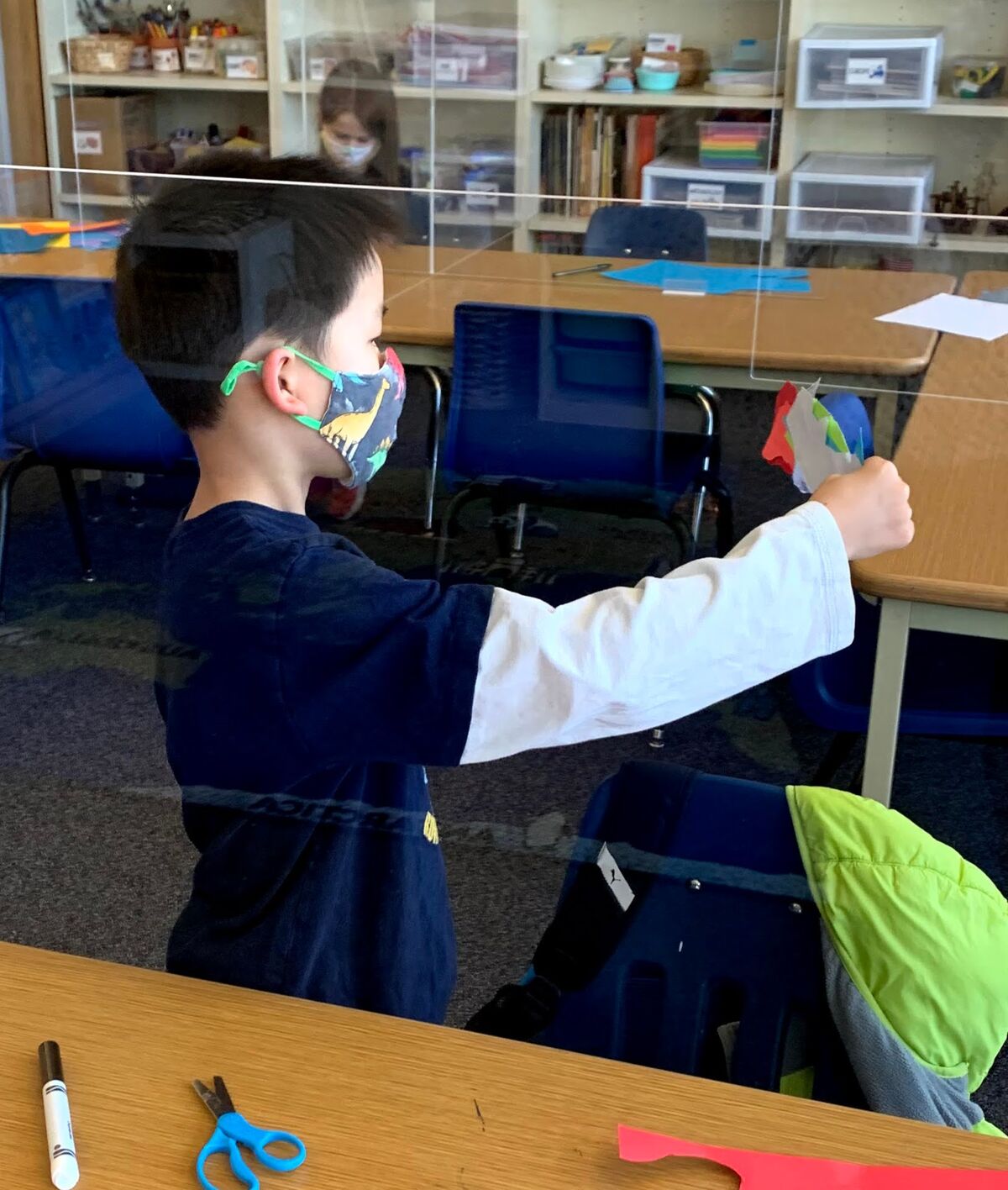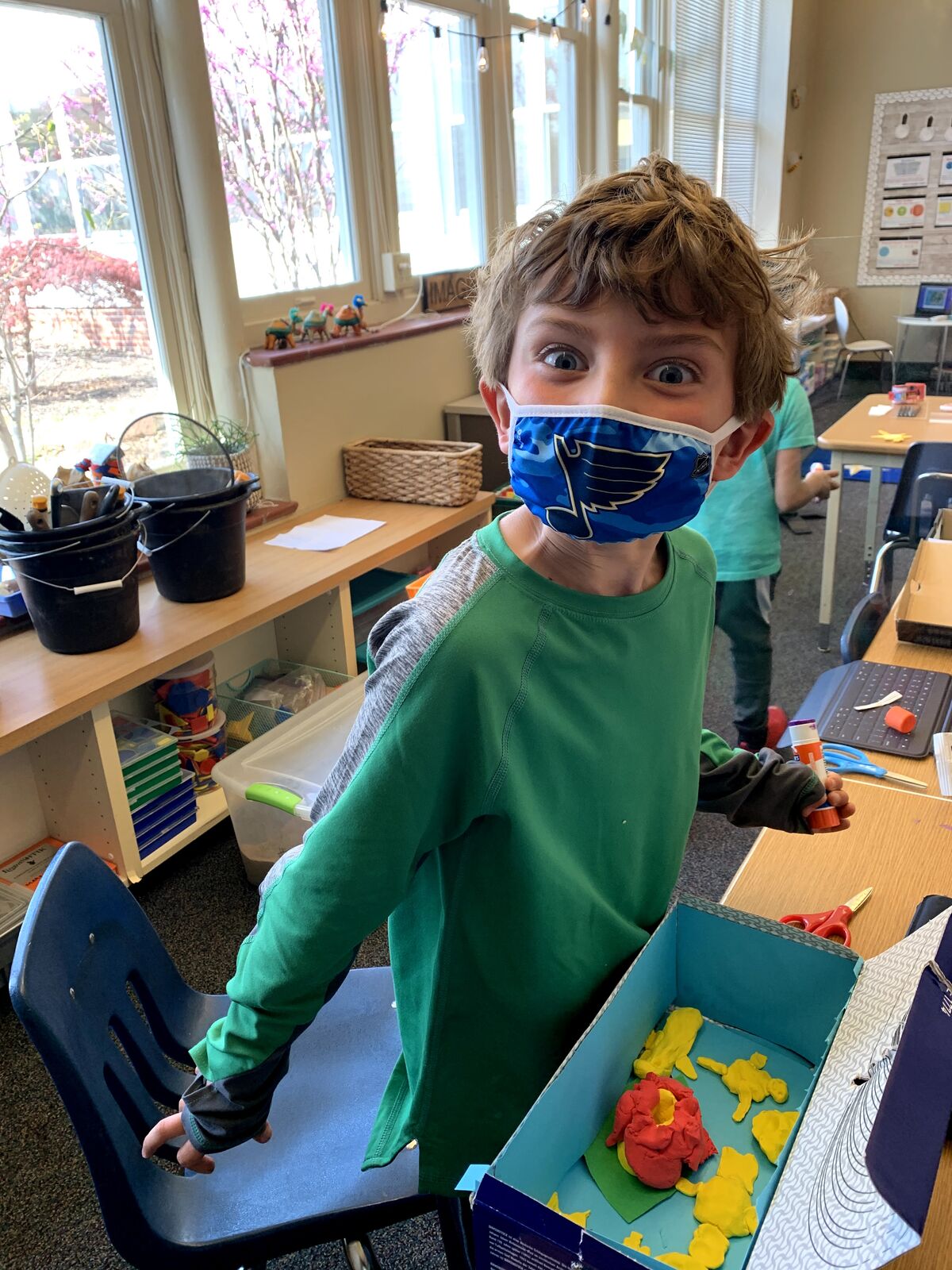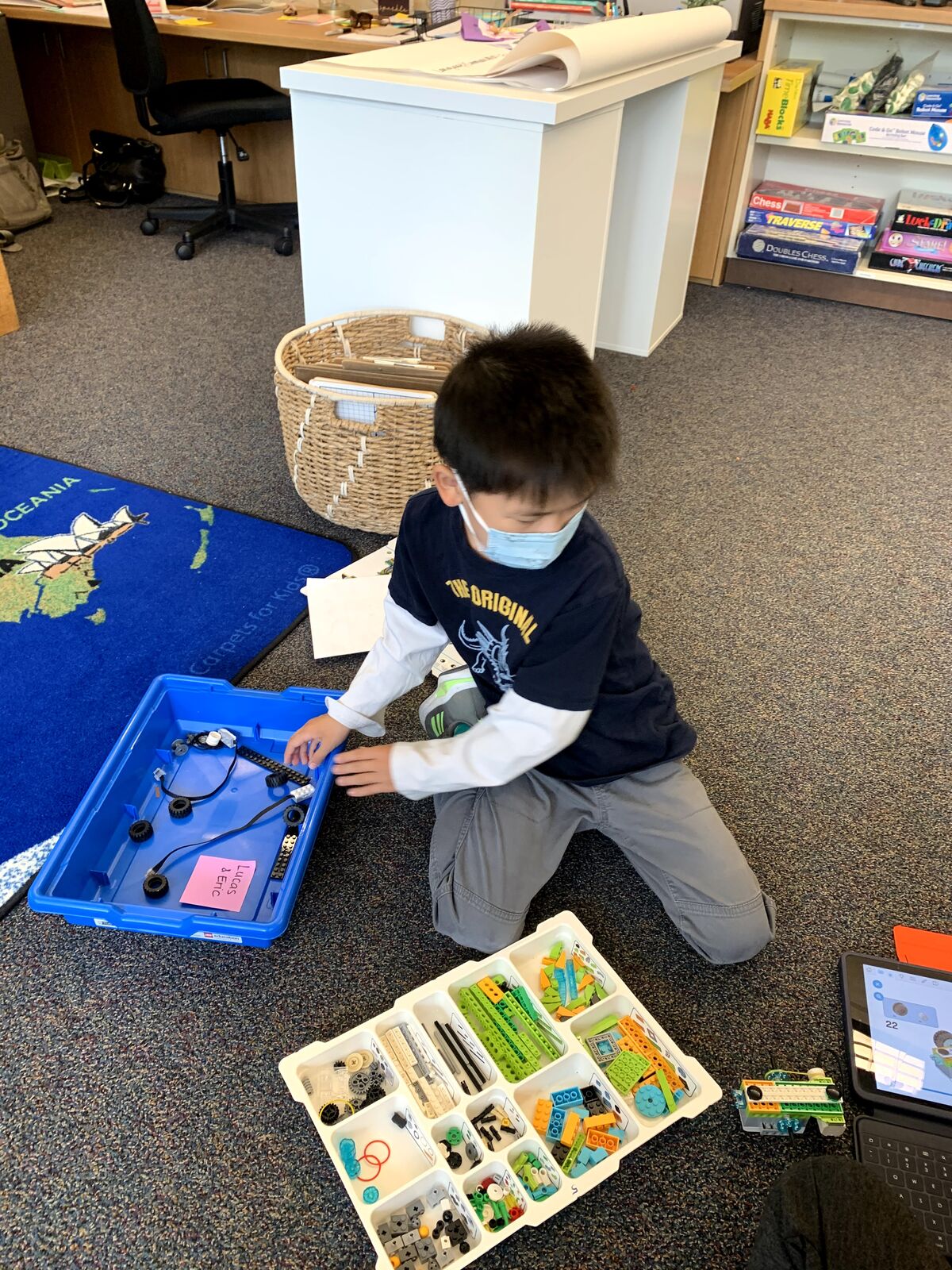Our final quarter of 4th grade Idea Lab has come to an end, and I am so sad to say Good-Bye to our 4th Grade Spoede Turtles. However, I am glad that we were able to end our time together studying archaeology. It was really a blast. Take a look at some of our highlights!

 Egyptian, Ancient Chinese, and Aztec artifacts were pulled out of the dig and discovered!
Egyptian, Ancient Chinese, and Aztec artifacts were pulled out of the dig and discovered!



Students also had an opportunity to create artifacts that belong to a culture in a certain time period in history for another class to dig up and discover.



Students also learned about the ancient written language of Egyptian hieroglyphics and how scientists and archaeologists are able to decipher and decode these with careful analysis and collaboration.

 Students learned the basics of stratigraphy as well as absolute and relative dating. Then it was time for the bigger outdoor dig! The students were ready to discover and analyze their findings to reveal the hidden culture.
Students learned the basics of stratigraphy as well as absolute and relative dating. Then it was time for the bigger outdoor dig! The students were ready to discover and analyze their findings to reveal the hidden culture. 



 This year's 4th-grade group was always curious, excited, and ready for a challenge. I will miss them dearly!
This year's 4th-grade group was always curious, excited, and ready for a challenge. I will miss them dearly!















































